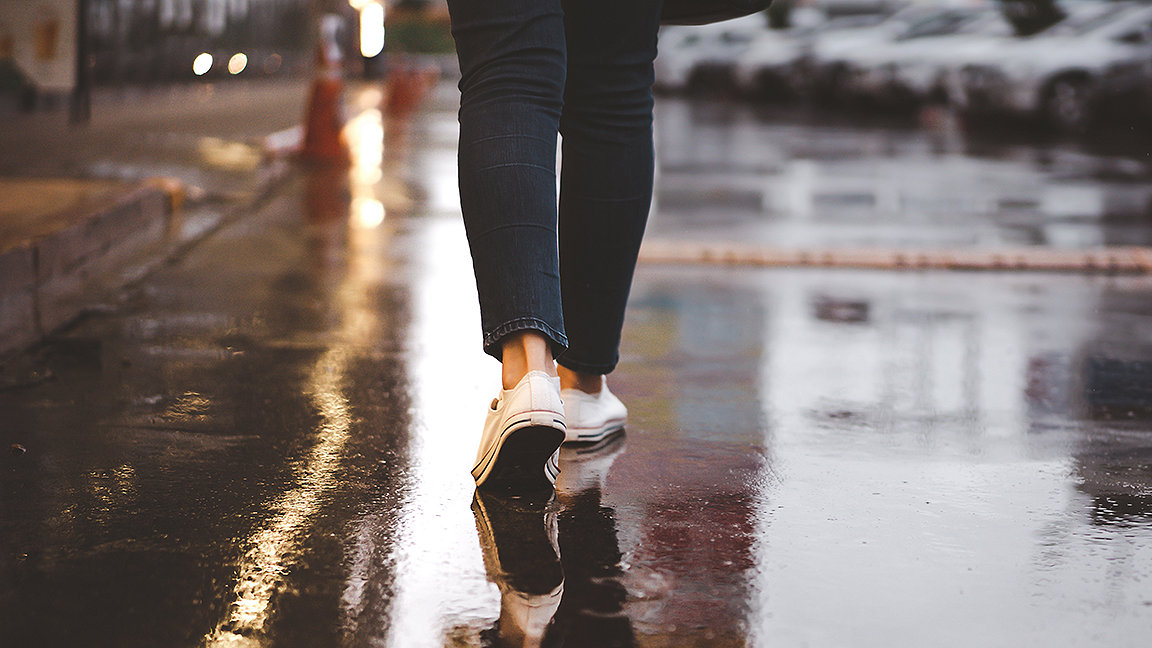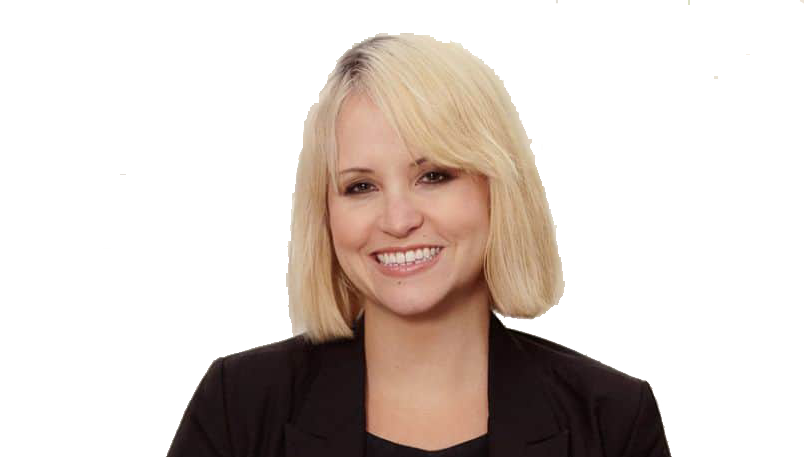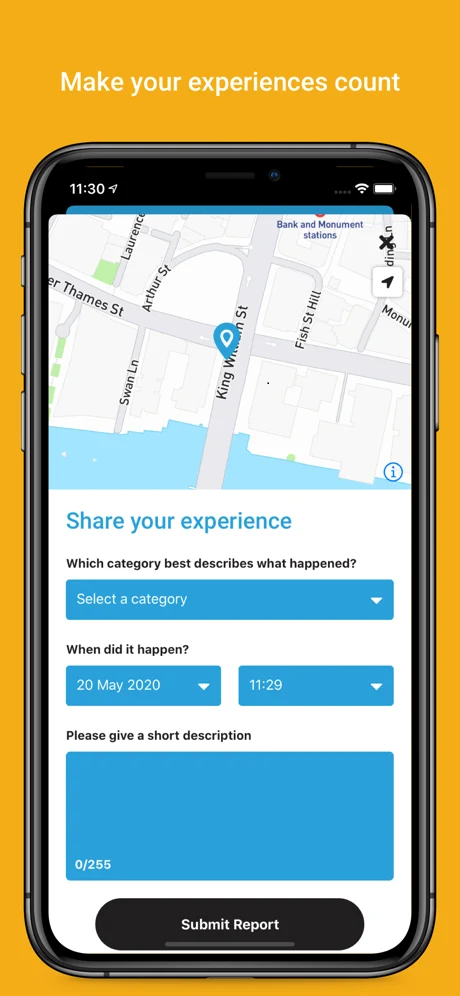
Land Journal: What is Safe & the City, and how did it come about?
Jillian Kowalchuk: The inspiration came from getting lost. As a newcomer to London in 2016, I used the most popular navigation apps to get around the city. I quickly realised that they were not designed with me in mind. The routes they offered took me places I felt unsafe – through dark parks or alleyways at night.
One night I was using Google Maps to meet a friend in central London, and the route took me to the entrance of an alleyway. I did not feel comfortable following it, but there didn't seem to be an alternative. In a matter of moments, two kitchen staff came out, blocking my way, and threatened to assault me sexually.
Luckily, I got out of that situation physically unharmed, although psychologically I was unnerved. Not only at a personal level, but thinking about how many other people would follow this route on similar navigation apps and have a similar experience to mine, or worse.
'As a public health professional, I was educated to find patterns in data, and it became clear there were patterns of undocumented attacks or near misses that went unreported, making it hard to prevent them. Combining my personal and professional experience, I came up with the idea of Safe & the City. I believe everyday technologies could play a vital role in engaging more people in designing safer, more inclusive spaces'

LJ: Your app must be seeing particular interest in the UK at the moment after Sarah Everard's murder. How is it supporting women's safety elsewhere in the world?
JK: Following recent events, there has been a surge in downloads and demand for Safe & the City, not only in the UK but internationally. However, as a social enterprise, we are committed to measuring social impact. We do this by working with stakeholder groups to translate this intelligence into practical changes in local communities. We are now available in every UK city and in Berlin, with plans to scale our technology further with more partners.
There is legislation in the UK recognising the importance of reporting incidents of sexualised and gender-based violence in public spaces, because these are at present under-reported. We support the Hate Crime (Misogyny) Bill which passed its first reading recently, and would require all police forces to record and track crimes motivated by misogyny.
We anticipate that more public awareness on issues such as street harassment and hate crimes coupled with reporting will help permanently change legislation in the UK and beyond. Safe & the City's i3 Intelligence software as a service (SaaS) is another way to make this product accessible in more countries. We also provide other mobile applications with a way to detect, monitor and help prevent people on their platforms from behind harmed.
Empirical and anecdotal evidence since Sarah Everard's death is hard to ignore. Women and people of different genders experience safety differently: they have different safety concerns, and are disproportionately targeted and affected by sexualised and gender-based violence. When we work to make disadvantaged groups less vulnerable, we will level up safety for all types of people.
LJ: What about the safety of women in parts of the world without easy access to smartphones?
JK: This is an important issue, especially as we haven't rolled the app out to any developing countries yet. We appreciate that not all people have access to smartphones, even in the UK or Germany, which is why we developed Safe & the City's live map to enable reporting directly through our website.
On International Women's Day this year, we announced that we had co-created the Global Coalition Against Street Harassment. We've partnered with other organisations including Think Olga from Brazil, Harassmap in Egypt, Cheer Up Luv in the UK, Safecity in India and Hollaback!, Catcalls of NYC and Stop Street harassment in the US.
We are collaborating to establish best practice for reporting incidents of street harassment, sharing effective interventions and approaches to create a unified global approach. Check out our social media for updates.
LJ: How does the app work?
JK: The app is an everyday, user-friendly navigation tool: we designed Safe & the City to get people from A to B, guiding them through different spaces through our location-specific alerts about known risks and emergencies. We empower people to report, with the option to do so anonymously or share with others.
For people who need immediate help, we have a clear SOS button that connects them directly with police to report a crime or get emergency assistance. As people navigate by foot or public transport, we provide simple but targeted alerts about how you can help keep yourself safe, and known risks in specific areas.
For example, there was a spike of crimes across London carried out by moped, targeting busy areas and snatching phones from people. The police were trying to make the public aware about these areas, using banners, patrol officers and British Transport Police announcements near busy underground stations. But many people missed this important information, so Safe & the City has been sending this directly to the devices of people at those specific locations.
We also send targeted information about emergencies. We sent notifications to those in the vicinity of London Bridge to make them aware of the terror attack in 2019, and relayed police warnings for people to stay away from the area or make alternative travel arrangements.
The other feature is our anonymous reporting functionality to record incidents of street harassment. We provide categories for people to select from when reporting, with free text to give details of their experience. At the end of their journey, they can score the route according to how safe it felt. We encourage everyone who wants to give it a try to download the app themselves.

LJ: Which authorities are you working with?
JK: Safe & the City collaborates with different organisations to understand historical patterns of crime and street harassment. This means that, as you move through different spaces, you can have helpful guidance on the level of risk.
One partnership is with the Metropolitan Police, which wanted to understand more about street harassment and disseminate information to help keep people safe. Safe & the City is one way to share this intelligence with more organisations to make a measurable difference, whether to report their progress on achieving the Sustainable Development Goals 5, 10 and 11 – or see significant improvements in their customer experience or protection of their properties.
Another example was our partnership with UN Women UK on its Safer Spaces for Women and Girls Global Programme, where Safe & the City insights and intelligence helped the project gain further support and funding to expand.
LJ: Could you tell us about your new product?
JK: Safe & the City launched the i3 intelligence platform in early March as part of the #BuildBackSafer campaign. This SaaS packages the algorithms, expertise and data from different sources to get accurate geospatial risk and emergency information about locations.
LJ: Would the app affect property value?
JK: Safe & the City's i3 Intelligence demonstrates every space that people move through has risks. In my case, I never went back to that restaurant or area because of my experience. And many other people have similar anecdotes.
We want this information to empower businesses to understand the economic impact, so everyone is involved in building safer spaces. Experiences where people were victims or felt vulnerable in a particular environment become an opportunity to resolve ongoing issues. Personal safety is one dimension where property professionals can add value by helping everyone to feel more secure.
LJ: How can surveyors get involved?
JK: Surveyors would most likely be interested in the rich insights the app offers, as i3 Intelligence can complement the data they usually collect on the environment they are measuring. We've had interest from clients in the technology sector with mobile applications, as well as from businesses involved in parking or storage that want to understand how their property might be at heightened risk of theft or damage.
LJ: How do you see the future of the company?
JK: Safe & the City is on a mission to become the world's most responsible provider of data insights and enable the design of smarter and safer cities. We will be looking to scale up soon into more countries, demonstrate greater impact, and serve as a purpose-driven role model so many more companies can follow in our footsteps.
Jillian Kowalchuk is founder and CEO of Safe & the City
Contact Jillian: Email
Related competencies include: Big data, GIS (geographical information systems), Smart cities and intelligent buildings
